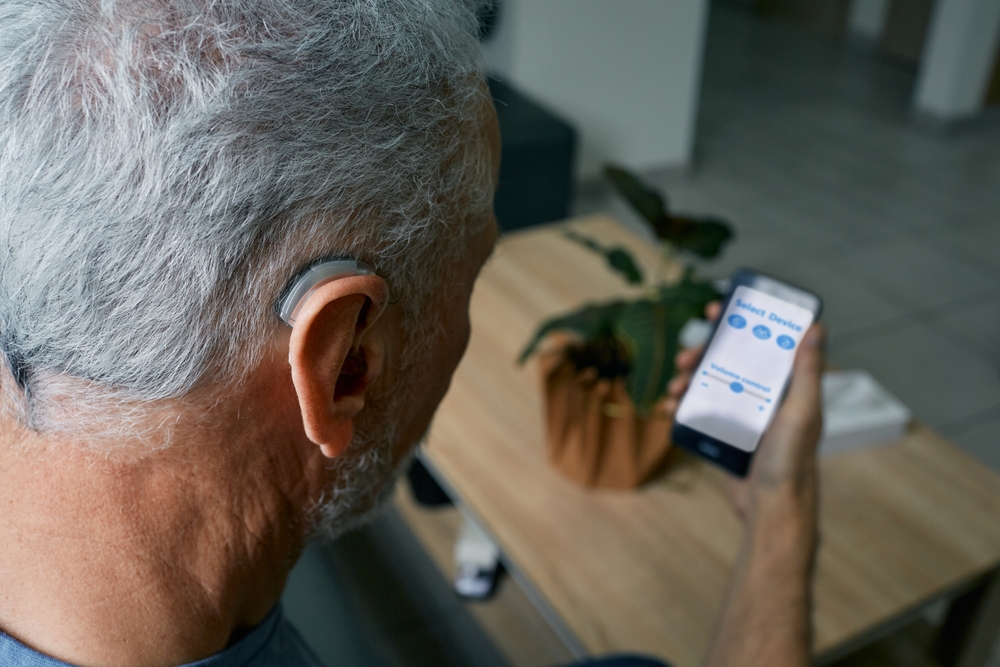Guess what? Hearing aids do more than help you hear. Global leaders in complementary industries have teamed up to create revolutionary devices that combine hearing aid functionality with biometric sensors. You may love your Fitbit or Apple watch but consider this…
Hearing Aids That Track Your Fitness and Health Vitals
Now, some receiver-in-the-canal hearing aids have an embedded biometric sensor leveraging the strengths of a partnership between a leading components manufacturer of ear-worn devices and a leader in technology. The result is an amped-up apparatus that will positively improve hearing, fitness, and preventative health. No longer limited to amplifying and processing sound, these small, next-generation hearing aids are anything but lightweights.
Monitoring the Signs of Chronic Diseases
Recognizing that the largest demographic of hearing aid wearers is 75 and older, these new models are well-positioned to personalize and monitor other chronic diseases often associated with age-related hearing loss. Even the comfort level of wearing earbuds and headphones has grown significantly. The technology, while new to ears, might be familiar to those who have used the heart rate app in a Smartwatch. Similarly, the latest hearing devices use a photoplethysmography (PPG) sensor that measures key vital signs and activity levels, including heart rate, blood pressure, and oxygenation that may help address diabetes, stroke, arthritis, cognitive impairment, or cancer. Moving beyond that, it can provide step count, total steps, and calories burned – plus new functionality based on inertial sensor data to include fall detection.
If a hearing aid user also suffers from cardiovascular issues, they now have a tool that can monitor trends in the user’s condition. Ultimately, this device could lead to more effective disease management.
The Ear Is More Accurate Than the Wrist
There are sound reasons for embedding sensors in our ears, which, due to unique physiology, are one of the most accurate spots to measure such functions. Did you know the ear is able to measure more biometrics than any other location on the body? Or that being exposed to the environment allows ear sensors to assess airborne vapors that we routinely breathe in and out? The ear is mighty for mitigating medical conditions.
If you are not familiar with hearing aids, they are discreet devices that are usually small and often go unnoticed. RICs are one of the most flexible types of hearing aids for those with mild to moderate hearing loss and who are relatively active.
Hearing aids are joining the ranks of the wearable technology trend that offers personalization, but can also better collaborate with healthcare professionals. In the future, you’ll be able to send data to your healthcare provider to document treatment outcomes that will allow them to gain deeper health insights.
As we see continued growth in sport- and workout-related hearables, the segment is in its infancy and projected to reach $30 billion in sales. With this in mind, augmented hearing could audibly blast off.



